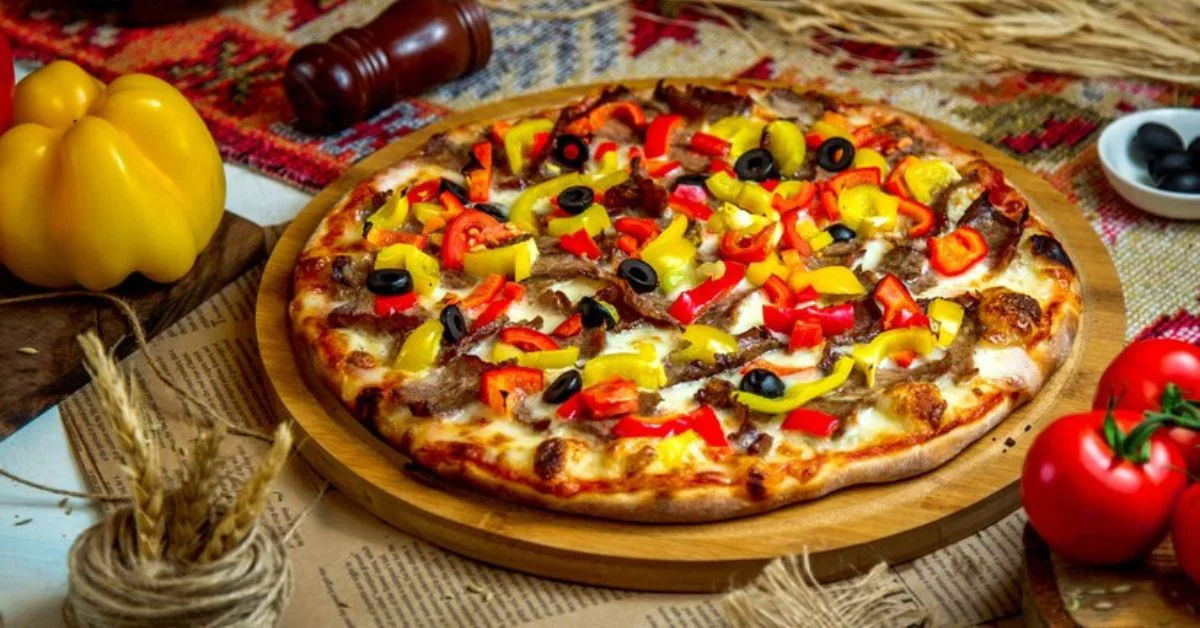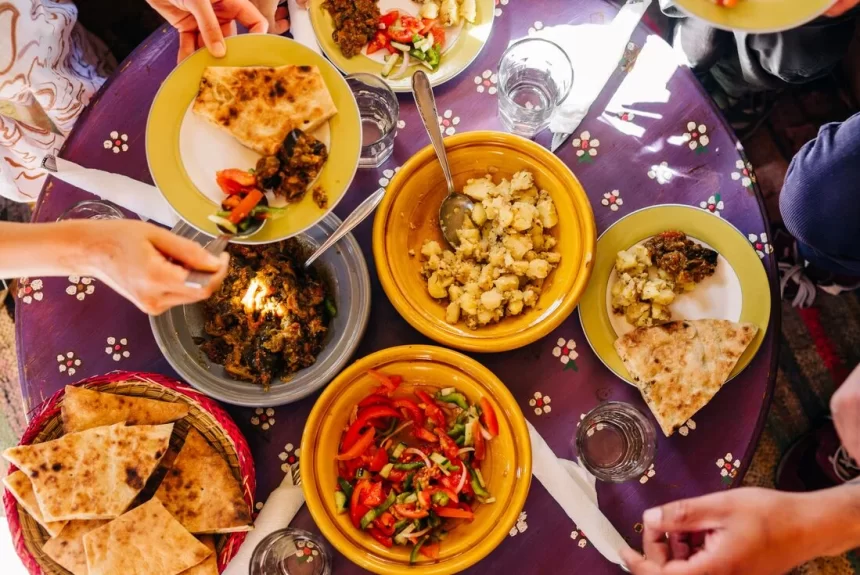“Napolità” is a multifaceted term with roots in the vibrant city of Naples, Italy. It can refer to the Neapolitan people, their language, and the cultural tapestry they’ve woven for centuries. This article delves into the essence of “napolità,” exploring its various dimensions and the rich heritage it represents.
A City Steeped in History: Naples, the Cradle of “Napolità”
Naples, a sprawling metropolis in southern Italy, boasts a history as captivating as its scenic beauty. Founded by the Greeks in the 8th century BC, it has been a melting pot of cultures, from Romans and Byzantines to Normans and Spanish. This rich tapestry of influences is evident in Neapolitan life, from its architecture and cuisine to its traditions and language.
The People: The Heart of “Napolità”
Neapolitans, or “napoletani” as they’re called in Italian, are renowned for their warmth, passion, and zest for life. Their unique character is shaped by the city’s vibrant history and the challenges it has endured. Here are some key aspects that define the Neapolitan people:
- Family-Oriented: Family is the cornerstone of Neapolitan life. Strong bonds are fostered within extended families, with celebrations and meals often bringing generations together.
- Resilient Spirit: Having faced historical hardships, Neapolitans possess a strong sense of resilience. They approach life with a “never say die” attitude, finding joy and humor even in challenging times.
- Expressive and Passionate: Whether it’s cheering for their beloved football team, SSC Napoli, or engaging in a lively conversation, Neapolitans wear their emotions on their sleeve. Their passion is contagious, adding a layer of vibrancy to daily life.
Fun Fact: Naples is known as the birthplace of pizza! The classic Neapolitan pizza is thin-crust, wood-fired, and typically topped with simple ingredients like tomato sauce, mozzarella cheese, and fresh basil.
Read More: Geekzilla Podcast: Your Guide to the Wonderful World of Geek Culture
The Language: The Soul of “Napolità”
Neapolitan, or “napoletano,” is a Romance language spoken by millions in southern Italy. It evolved from Vulgar Latin, the spoken language of the Roman Empire, and has been influenced by various cultures that occupied the region. Though considered a dialect of Italian, Neapolitan has its distinct grammar, vocabulary, and pronunciation.
Here’s a table highlighting some key differences between Italian and Neapolitan:
| Feature | Italian | Neapolitan |
|---|---|---|
| Pronunciation | “C” before “e” and “i” is pronounced like “ch” in “church.” | “C” before “e” and “i” is pronounced like “sh.” |
| Vowels | Five vowel sounds (a, e, i, o, u) | Seven vowel sounds (a, e, e chiusa (“closed e”), i, o, o chiusa (“closed o”), u) |
| Vocabulary | Many words are shared with standard Italian. | Many words are unique to Neapolitan, often derived from Greek, Spanish, or French. |
drive_spreadsheetExport to Sheets
While Italian is the official language of Italy, Neapolitan remains widely spoken in homes and everyday life across southern Italy.
Unveiling the Cultural Tapestry: Traditions and Art
Neapolitan culture is a vibrant blend of traditions, music, art, and folklore. Here are some key elements that contribute to its richness:
- Folklore and Festivals: Naples is known for its lively festivals, like the Feast of San Gennaro and the Christmas nativity scenes. These celebrations showcase the city’s vibrant spirit and deep-rooted traditions.
- Music: Neapolitan music is known for its passionate melodies and storytelling lyrics. From the soulful sounds of “canzoni napoletane” to the energetic rhythms of “tarantella,” music is an integral part of Neapolitan life.
- Art and Architecture: Naples boasts a treasure trove of art and architecture, spanning from ancient Roman ruins to Renaissance masterpieces. The city’s museums and historical sites offer a glimpse into its rich artistic heritage.
Did You Know? Naples is the birthplace of Pulcinella, a commedia dell’arte character known for his hunchback, white mask, and trickery. Pulcinella remains a popular figure in Neapolitan culture, symbolizing the city’s wit and resourcefulness.pen_spark
FAQs: Understanding “Napolità”
Here are some additional frequently asked questions about “napolità”:
- Is Neapolitan spoken widely in Italy?
Neapolitan is primarily spoken in southern Italy, particularly Naples and surrounding regions. While Italian is the official language and used in education and formal settings, Neapolitan remains widely spoken at home and in everyday life.
- Is it difficult to learn Neapolitan if you know Italian?
While Italian and Neapolitan share a common ancestor, Neapolitan’s unique vocabulary, pronunciation, and grammar can present a learning curve for Italian speakers. However, the familiarity with Italian grammar and vocabulary can certainly be a starting point for understanding Neapolitan.
- What are some popular Neapolitan foods besides pizza?
Neapolitan cuisine is known for its fresh, seasonal ingredients and bold flavors. Some popular dishes include:
* **Pasta:** Spaghetti alle vongole (clams), pasta alla genovese (with onions and meat), and ragù napoletano (tomato sauce with meat).
* **Seafood:** Freshly caught fish and shellfish are staples, often prepared simply to showcase their natural flavors.
* **Street Food:** Naples is famous for its street food scene, with offerings like "cuoppo" (fried seafood cone), "sfogliatella" (ricotta pastry), and "zeppole" (fried dough balls).
- How can I experience Neapolitan culture?
Immerse yourself in “napolità” by:
* **Visiting Naples:** Explore the city's historical sites, vibrant markets, and charming neighborhoods.
* **Trying Neapolitan food:** Savor the city's culinary delights, from pizza to street food to traditional dishes.
* **Listening to Neapolitan music:** Immerse yourself in the soulful melodies and passionate lyrics of Neapolitan songs.
* **Engaging with the locals:** Learn a few basic Neapolitan phrases and interact with the friendly residents.
- What’s the best time to visit Naples to experience “napolità”?
Naples offers a vibrant atmosphere year-round. However, spring and fall are considered ideal times to visit, with pleasant weather and fewer crowds. Specific festivals like the Feast of San Gennaro in September or the Christmas season can offer unique cultural experiences.
Conclusion
“Napolità” is more than just a geographical location; it’s a vibrant culture pulsating with history, passion, and a zest for life. From the warmth of the Neapolitan people to the richness of their language and traditions, “napolità” offers a unique perspective on Italian life. Whether you’re captivated by Neapolitan pizza’s simple perfection or mesmerized by the city’s vibrant festivals, exploring “napolità” is sure to leave a lasting impression. So, delve deeper into this captivating culture – you might just discover a new way of appreciating life, food, and human connection.



